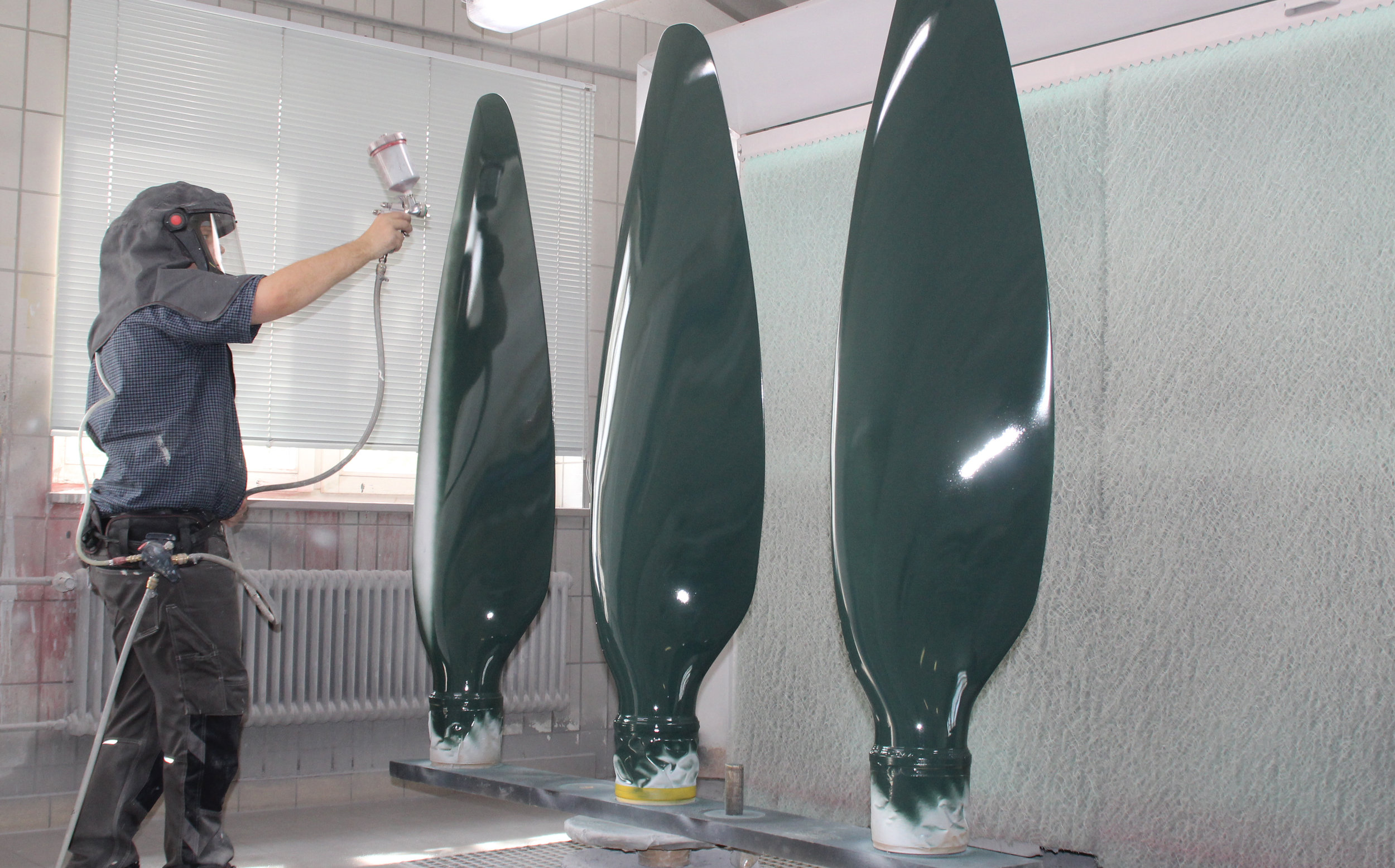Hoffmann Propeller.
Hoffmann Propeller GmbH & Co KG was founded in 1955 by engineers Ludwig Hoffmann and Richard Wurm. The Wurm Family managed and oversaw the business all the way to the end of 2024, at which point it was acquired by ROSEN Swiss Holding AG.
The Company
The company was established with six employees and the first innovative product was a propeller for powered gliders. With the market for propellers being led by American manufacturers, Hoffmann established a capability to service & repair all the leading US products in addition to their own. The Hoffmann product range rapidly expanded to include propellers for a wide range of aircraft which today is in excess of 500 different types.
The Rosenheim headquarters provide 6,000 sq/m of floor space to accommodate administration, development, production, maintenance of Hoffmann products.
State-of-the-art technology
The expertise gained by Hoffmann in wood composite propeller construction has established the company as a world class manufacturer. By continuously enhancing the design & engineering whilst incorporating the latest construction techniques ensure the products are the best in the business.
Aluminium became popular for propeller blade construction half a century ago because it enabled lower thickness to chord ratios needed for higher speed flight. However for aircraft outside this performance category Hoffmann Propeller has shown that continuous improvements in blade aerofoil geometry combined with development of propeller hub systems provides an impressive list of benefits, some of which are;
Blade leading edge choice
Cost competitive
Flexible manufacturing
Impact absorption
Light weight
Low noise footprint
No critical erosion
Fatigue not critical
High damage tolerance
Improved engine cooling
Performance optimisation
No resonant frequencies
Structural efficiency
Vibration dampening
Other propeller products where the blades are manufactured from all synthetic materials; such as the epoxy based glass or carbon fibre polymer reinforced construction; maybe suitable for high volume production however the development costs are high and therefore do not provide for a flexible manufacturing process.
The benefits of wood composite blades have not been surpassed...
Wood Composite
Hoffmann has retained a high level of competence with natural wood materials and using its composite design skills is able to offer the widest possible propeller portfolio.
The effect of using natural and synthetic materials for blades is that the weight is dramatically reduced from that of a metal blade conferring obvious reductions in centrifugal and pitch change forces. Taking advantage of these important benefits Hoffmann has long pioneered the use of forged aluminium hubs which guarantee high strength whilst also significantly reducing the overall propeller weight.
PRODUCT RANGE
The Hoffmann - Skycraft partnership deals with propellers absorbing power as low as 40 hp for a powered glider right up to 13,500 hp in an aerodynamic research wind tunnel installation.
The power being absorbed has of course a significant influence on the number of blades required and if one considers the iconic Spitfire aircraft for example the early Merlin engines developing 1150 hp used a 3-blade propeller whereas the late Griffon engine variants of 2035 hp required 5-blade configurations. Illustrated below are new blades in production at Hoffmann for a Junkers VS-II propeller which has been built by Skycraft.
Contrasting propeller specification requirements can be; military training aircraft requiring ultimate performance, historic military aircraft where authentic replacement blades are required, light aircraft demanding light weight & constant speed and glider tugs where low noise is essential to protect the environment.
The diameter of a propeller is also a critical parameter when considering the performance, noise attenuation and the combined loads transmitted to the hub, amongst other factors.
INNOVATION WITH QUALITY
Hoffmann Propeller manufacture propellers for UAV and Drone vehicles from 1½ feet diameter right up to some of the large size propellers Skycraft deals with such as for British and German historic military aircraft which can be as great as 13 feet diameter.
Hoffmann HO-V352F/170FQ propeller











